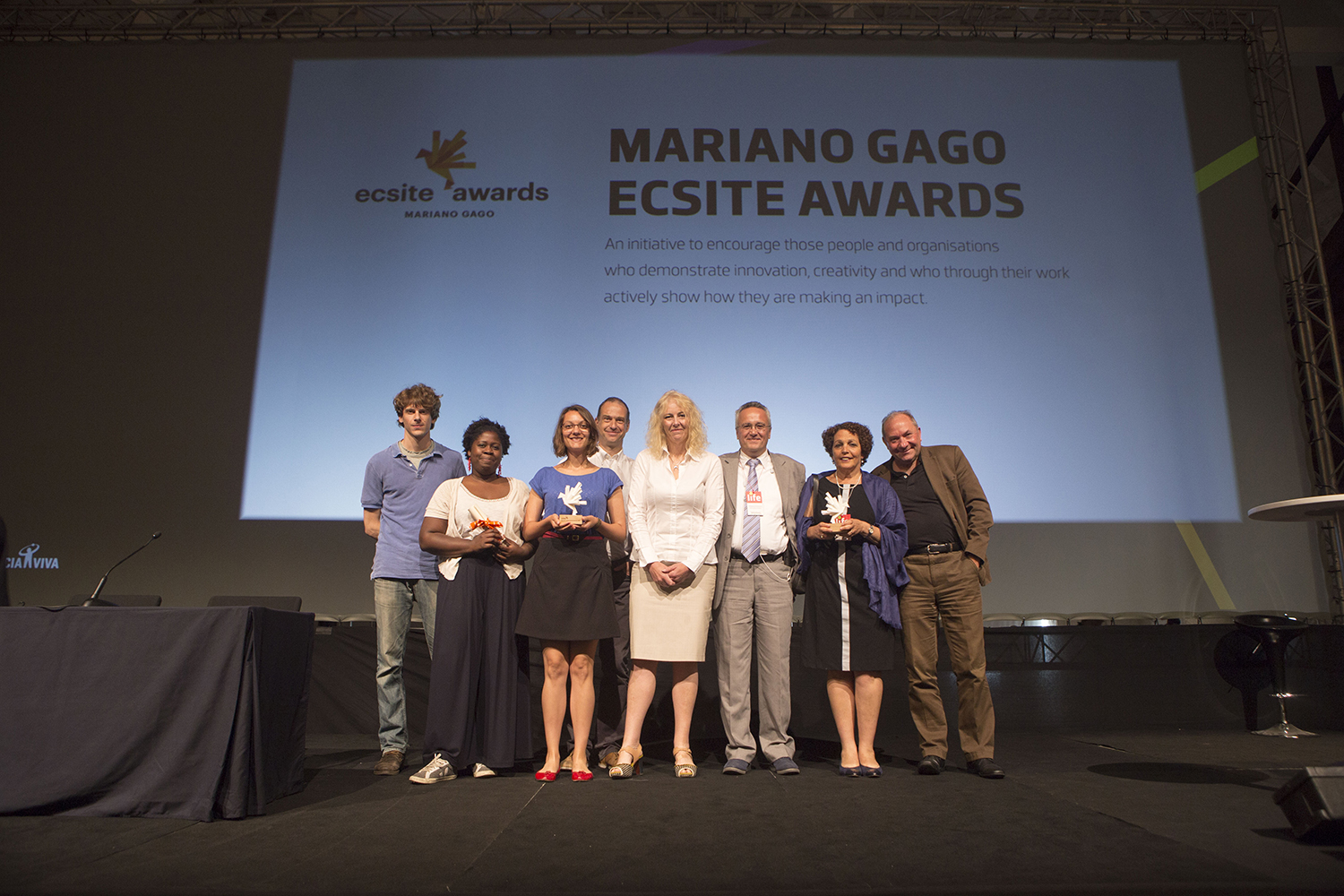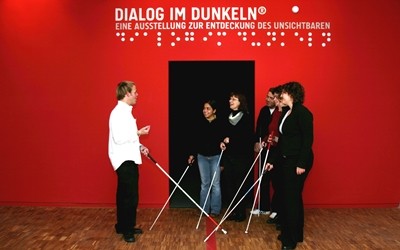Define the problem
For the last 29 years, our mission has been to facilitate social inclusion of disabled, disadvantaged, and elderly people on a global basis. All Dialogue exhibitions and products are based on experiential learning and encounter, leading to a transformative learning experience. In short, nothing is more powerful than experiencing something yourself, rather than hearing about it. No matter what the discrimination is based on, marginalized groups exist in all countries, regions, and cultures. It would be challenging to put the impact of marginalization in numbers, but the costs -- let them be social, political, or economic --are likely to be impressive. Besides the consequences for the affected individuals themselves, it does result in productivity losses to an entire economy, as the situation of people with a disability (PWD) is often characterized by poverty and social exclusion. They face discrimination and isolation, lack access to education, employment, housing, transportation, digital technology, health care, financial services, and full participation in the political process, to name only a selection of issues. Elderly citizens, on the other hand, are often degraded to stereotypes of either being a burden to society, causing increasing social costs, or as “silver surfers,” enjoying their lives while the younger generation is struggling to find proper jobs or housing. Given that the demographic change will affect all European societies on a large scale over the next 30 years, with people getting older and staying healthier every year (every second girl born in Germany today has the chance to reach 100 years of age), the image of aging has to be disrupted and improved in order to allow societies to look for new ways to adapt to this growing number of elderly citizens and embrace their capabilities rather than their challenges.
Many organizations are working in the field of inclusion and diversity and the acceptance of disability and aging in the European societies, trying to raise awareness and improve the self-confidence of the affected individuals. However, most organizations either work directly with the affected or lobby with governments and other social influencers to change the societal behavior via policies. While this work is crucial, when it comes to the general public, we believe that the only way to change behavior is a direct encounter. Thus, our approach is a little different. We want to create a permanent Museum for Diversity and Inclusion (MODI). MODI is the first museum not to focus on history, art, or science, but on social issues such as diversity and inclusion. In our exhibitions, the tools and educational approach of a Science Center are combined with social topics and issues. The dialogue between the group and the guide creates an open and safe space to reflect upon one’s own ideas and stereotypes and inspires a change of mind-set and behavior after the exhibition or workshop experience. Besides the educational dimension with transformative results, we will create completely new job opportunities for marginalized people. They are moving from the periphery to the center, and gaining more self-esteem and recognition and becoming active contributors of their own cause. Last but not least, newly developed digital tools will create a bridge between self-reflection, learning, inspiration, and civil engagement, as it will provide the visitors with information and calls to action, tailored specifically for their needs and wishes. Thanks to partnerships with NGOs in the respective areas, the digital tools will lead from online to offline engagement and create ambassadors for social change far beyond the museum visit. Via this link, MODI will also contribute to the promotion of the work of other social actors in the field, rather than being seen is a competitor.
In the last decade, we had studies conducted by independent research institutes, while continuously conducting our own visitor surveys and qualitative analyses of guest books and stories of change. These findings gave us good insights into the impact of Dialogue exhibitions on the changed mind-set of our visitors after their visit. Unfortunately, long-term behavioural changes are much harder to track. So far, we have not been able to properly trace the actions of our visitors once they have left our premises. Once our new tools are developed in 2018, we will be able to follow which information the visitor looks at and which opportunities of action they pick up. This will also influence in what way we will be able to work best with other NGOs and organizations., as we will involve non-profit organizations who are working in the fields of social engagement, education, and empowerment, both for joined activities and services for visitors pre- and post-visit, as well as for an even more profound analysis of the gained data. With their help, we will also be able to track the intensity of the action taken by the visitors and the average length of their engagement span to give better and more interesting offers.
All Dialogue ventures in the past have been either run by us or by certified partners in a social franchise structure, so the cost structure and the needed financial resources are known to us. However, MODI will be a much bigger and more challenging project than the single exhibitions we have run before. While we are very aware of the regular income streams our exhibitions provide, we are working on the identification of additional income streams that will provide financial stability beyond ticket sales. Apart from events like leadership and communication workshops and the renting out of rooms for external purposes, we are canvassing the possibility to offer our exhibitions at MODI for very low or no ticket prices to attract a bigger and more diverse audience, combined with a donation opportunity or membership at the end, based on the experience the visitors had. Trial runs by other institutions have shown encouraging results in this regard. As a result, we are currently running a feasibility study with the help of several partners (like the Fraunhofer Institute in Berlin) to see how we can adapt the current business model to ensure a sustainable and ongoing museum business after the initial funding for the production and installation has been given. Mainly, we are looking into a hybrid funding model, combining donations by visitors and other entities with the entrance fees paid by the visitors after seeing the exhibitions. Key factors for the final business plan will be the actual HR costs and the location, status, and rent of the chosen venue (ideally, it will be for free or subsidized).
We are already in the stage of testing several options in Germany, Russia, and Switzerland. Once we have established the first venture, we will use our network and experience to scale it on an international level. But the decision is not solely based on funding questions. No matter which country we start with, we see MODI as a vibrant part of the city, in a prime location and open to the public, giving an example of inclusive employment. We seek to involve the city planning departments, as well as culture and education units. Hence, political will is crucial. Next to the political environment, we see ourselves as a part of the civil society, so we seek to establish strong bonds with agents of the third sector. These are the organizations that can welcome people who got inspired to act.
MODI will be more than the sum of its parts. It will be a lighthouse of inclusion, enabling and inviting anyone to meet new people and open their hearts and minds, for a more inclusive society for everyone.




